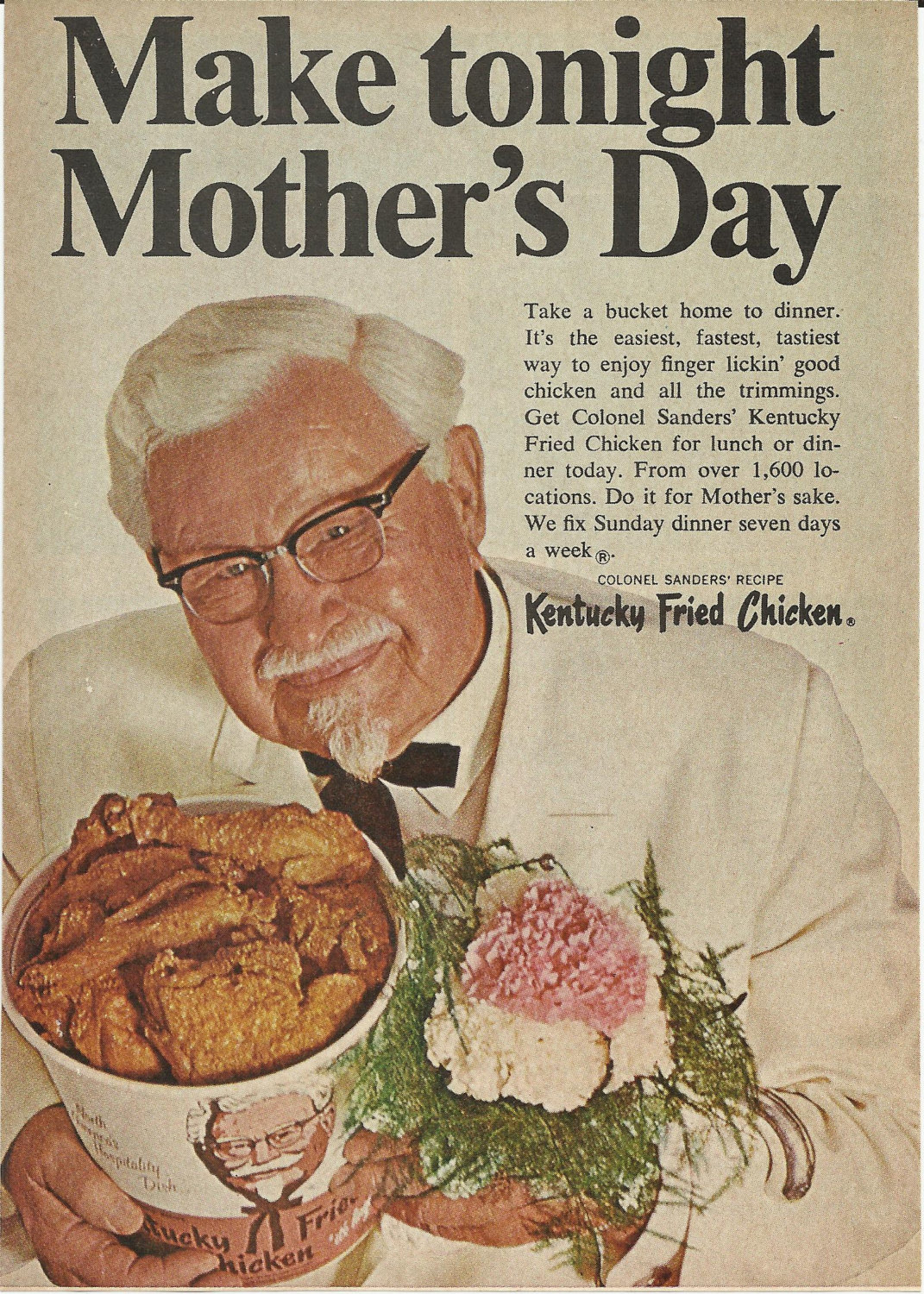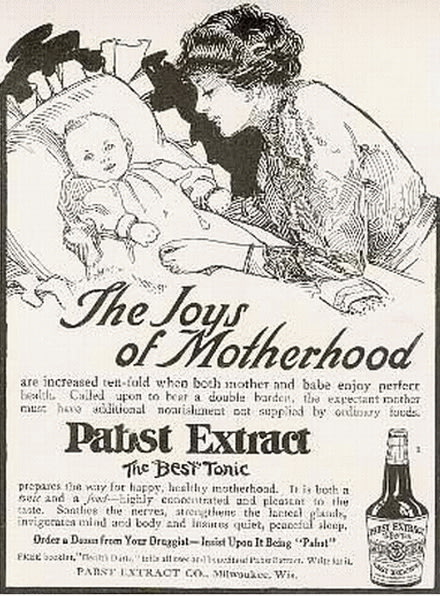
Don't let the pink dress and frilly collar distract you from the important detail here: this child is wielding a whip.
How do we know it's a boy? Well, first of all, pink wasn't always considered a "feminine" color. Until the twentieth century, it was considered appropriate for boy babies to wear pink and girls to wear blue, though the convention was far from a hard and fast rule. But more than that, we can tell the child in the painting is a boy because he's holding that most masculine and authoritative of props, a whip.
Buy why paint him in a dress at all?
Until the custom died out in the 1920s, it was common to clothe all young children, both male and female, in dresses--though in the case of boys, the frocks were euphemistically referred to as "shortcoats." They were called shortcoats because newborns started out wearing very long dresses that extended past their feet. (Even today, traditional christening gowns often retain the style.) Once a baby was old enough to begin crawling and learning to walk, the extra-long gowns were shortened to a more manageable length. Putting babies in dresses made it easier to change them, especially at a time before snaps and velcro were in use. Dresses were also easier to sew and easier to alter as a child grew.

Despite the impressive balloon sleeves and white pantalettes, this is a boy, as his hobbyhorse and whip reveal.
But even though boy babies and girl babies wore similar dresses, portraits are usually careful to provide hints as to the sitter's gender.
The whip in the portrait at top right is a good example. Perhaps because the boy in the painting above left is wearing a more elaborate dress with romantic sleeves, his painter has even given him a hobbyhorse to go with his whip. Other props considered masculine included ships, toy guns, and toy swords.
Sometimes young girls were painted with longer hair, but that's by no means a reliable clue, since boys often wore long curls, and very young girls might have their hair cropped short for easier maintenance. Once again, props came to the portrait painter's rescue. We know the child in the portrait above right is a girl because she's holding a toy meant to nurture her domesticity and maternal instincts, namely a doll.

The Basket of Cherries by E. W. Gill (1828) Skeleton suits were an alternative to shortcoats for boys. Hats are also a good indicator of a child's gender--the boy on the left has what looks like a top hat behind him, while the girl with the cherries has a straw bonnet.
 Alyssa Everett's newest regency romance, Lord of Secrets,was released March 25 and is available now. If you like angst and "tortured" heroes, you should give it a look. It joins her debut regency, Ruined by Rumor, while her third, A Tryst With Trouble, will be released in September. She hopes you'll visit her website and follow her on Twitter and Facebook, where she promises not to spam you relentlessly.
Alyssa Everett's newest regency romance, Lord of Secrets,was released March 25 and is available now. If you like angst and "tortured" heroes, you should give it a look. It joins her debut regency, Ruined by Rumor, while her third, A Tryst With Trouble, will be released in September. She hopes you'll visit her website and follow her on Twitter and Facebook, where she promises not to spam you relentlessly.










